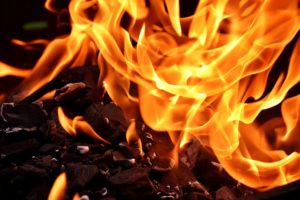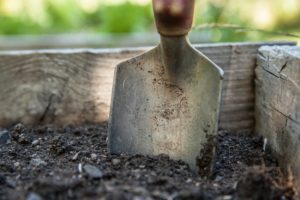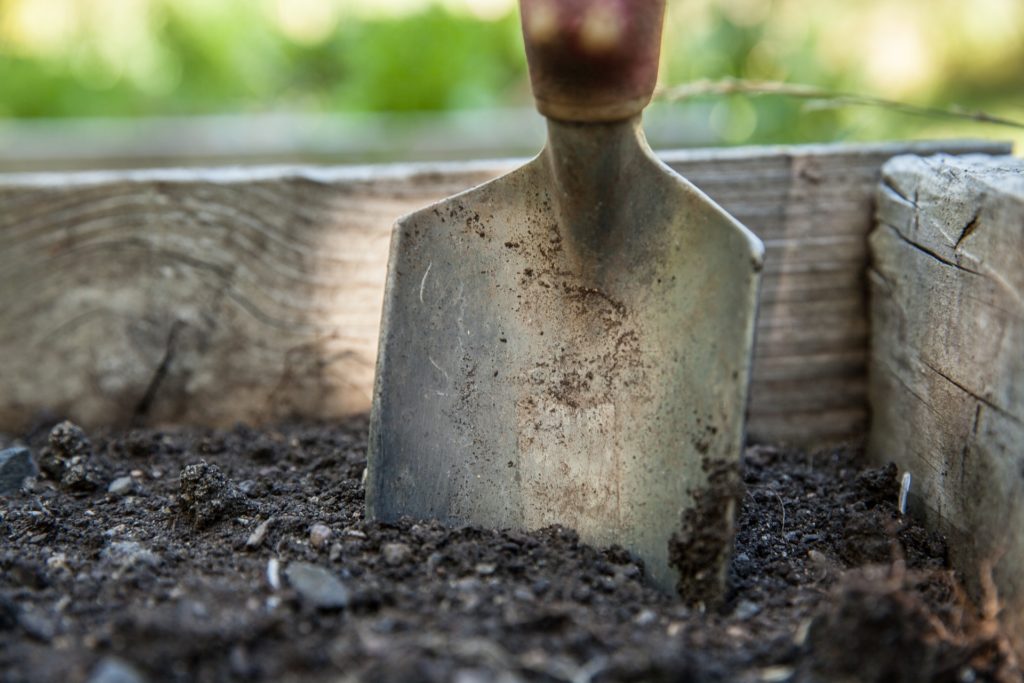It’s hard to know what to say during another difficult season of fires. I’d like to take this opportunity to point you all towards a few resources that we’ve put together around positive community action and rebuilding. What other resources, volunteer opportunities, or donation needs are out there? Please let us know and we’re happy to share them.
Food Security During Fire
 Here’s a really helpful post from Petaluma Bounty that draws on their years of experience deep in the trenches of community food security efforts. To quote Suzi Grady,
Here’s a really helpful post from Petaluma Bounty that draws on their years of experience deep in the trenches of community food security efforts. To quote Suzi Grady,
“Petaluma Bounty is uniquely positioned to bring a community food security lens to the community response to short and long term food insecurity while prioritizing the needs of small scale farmers and our local food system…We, like many groups, are still figuring out gaps in service and new unmet needs in this evolving landscape. Concurrently, we’re working extra hard to ensure consistency for the services we were engaged in before the fires. Our work of community food security spans emergency food distribution to supporting food insecure people (whether a chronic issue or a one-time event) to become more self sufficient using methods that reinforce local farmers and our food system. Before the fire, 1 in 6 community members were in need of longer term support in accessing healthy supplemental food. Knowing that not all people affected by the fires will land on their feet, we expect this need will increase. This is a crucial and rich learning opportunity for people (trying to find that silver lining) to understand how others like themselves can fall into the poverty/food insecurity/poor health trap. Sometimes, all it takes is one illness, job loss, or natural disaster.”
Fire Ecology
 Last year I attended a talk on fire ecology that filled in a lot of gaps for me on the spread of fire and human response. It began with an explanation of the ‘fire behavior triangle’.
Last year I attended a talk on fire ecology that filled in a lot of gaps for me on the spread of fire and human response. It began with an explanation of the ‘fire behavior triangle’.
The first is topography, which encompasses both how steep a slope is (and therefore how fast fire can travel), as well as the slope’s aspect (which direction it faces). The second arm of the triangle is weather. In our Mediterranean climate, our landscape is adapted to fire. Our late summer/early fall ‘Diablo Winds’ are strong, dry winds that sweep from the Northeast towards the shore. Northeast-facing canyons act as funnels channeling fire to the southwest, as we all experienced on October 8th.
The third arm of the fire behavior triangle is fuel, and this is the only factor that we as humans directly control. This comes into play as we consider what we’re doing to manage (or fail to manage) our forests.
If you can make it to a talk on fire ecology to learn more, I highly recommend doing so.
Rebuilding Soil
 Let’s talk about rebuilding soil after a fire. I wrote a post last year that dives into some of these topics. Two of the most significant destructive forces to soil after a fire are erosion and hydrophobicity due to the destruction of the soil. Here are some actions you can take to begin to rebuild:
Let’s talk about rebuilding soil after a fire. I wrote a post last year that dives into some of these topics. Two of the most significant destructive forces to soil after a fire are erosion and hydrophobicity due to the destruction of the soil. Here are some actions you can take to begin to rebuild:
* Re-Seed grass in affected areas
* Mulch to create a permeable layer and foster seed germination
* Cut down dead trees and lay them down to create terraces on steep hillsides
* Create dams with straw bales in steep areas
As for other ways to help, many fire victims who have lost their homes have suggested we turn towards individual campaigns that channel our money straight into the hands of those who need it most. On gofundme.com, you can search for any number of terms that relate to our local fires. Here’s a good place to get started. Let’s continue to reach out to our California neighbors and let them know how we can help.


 Family
Family

